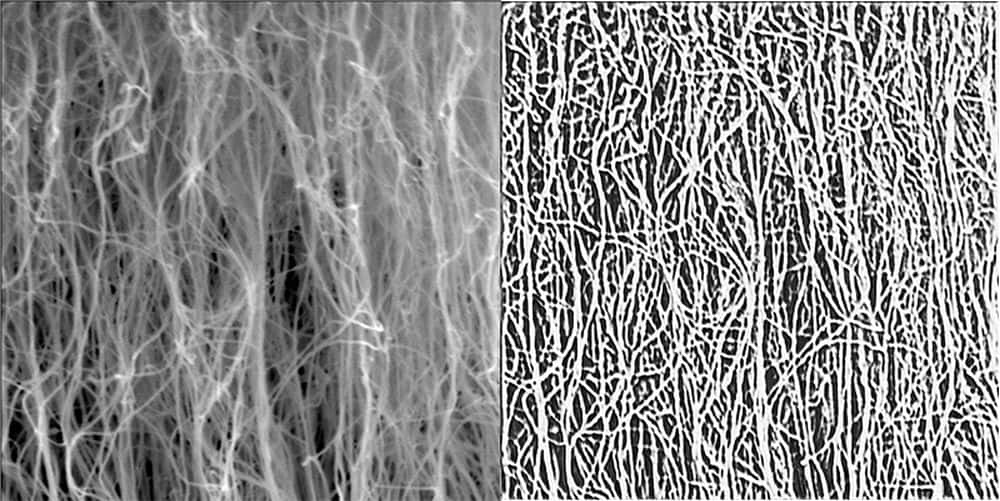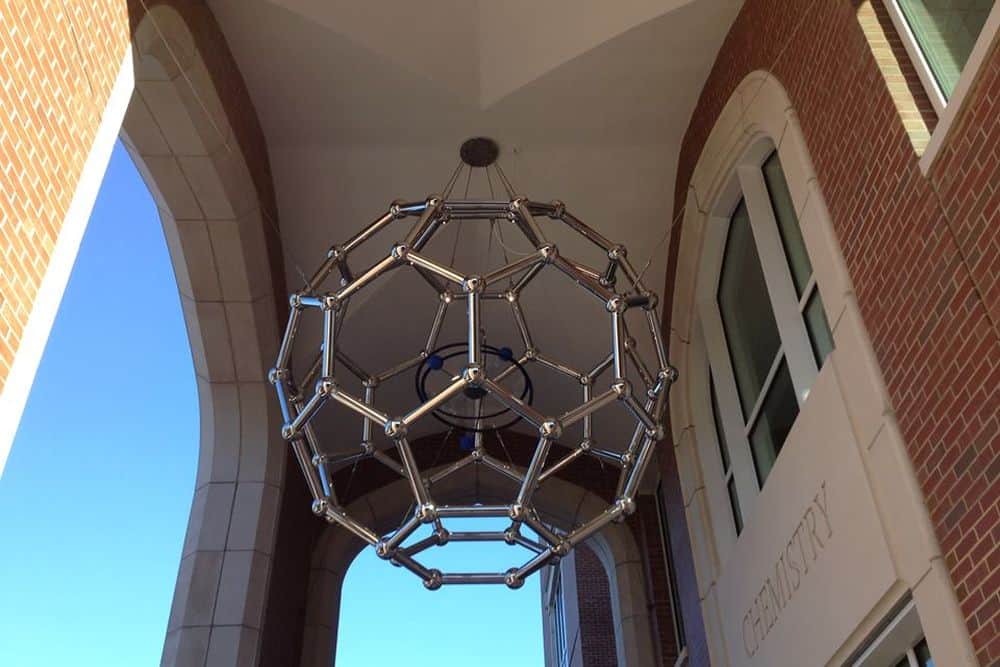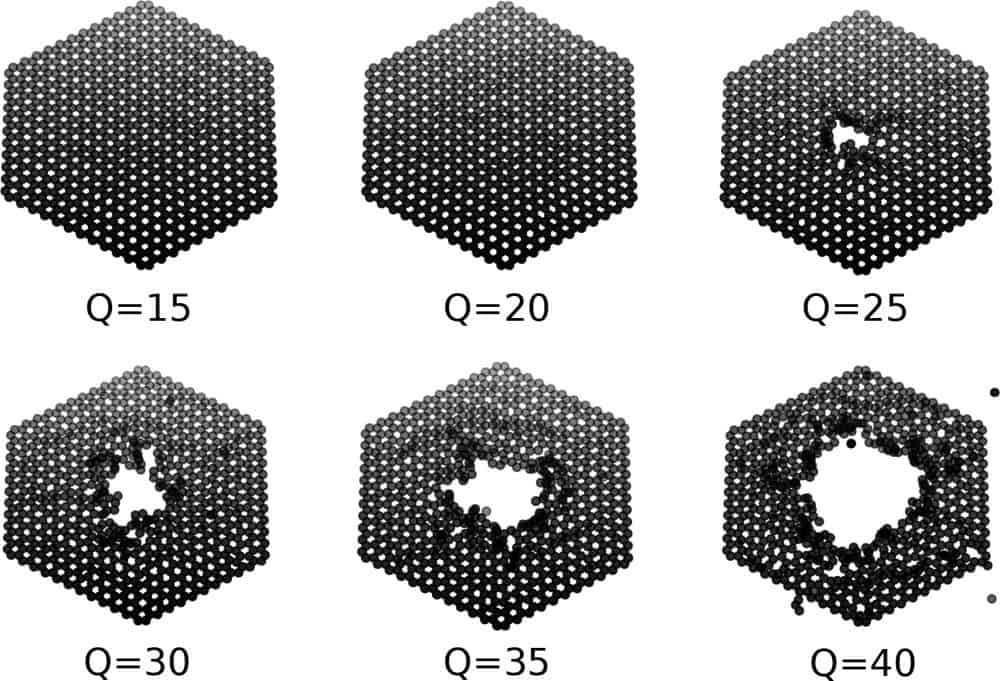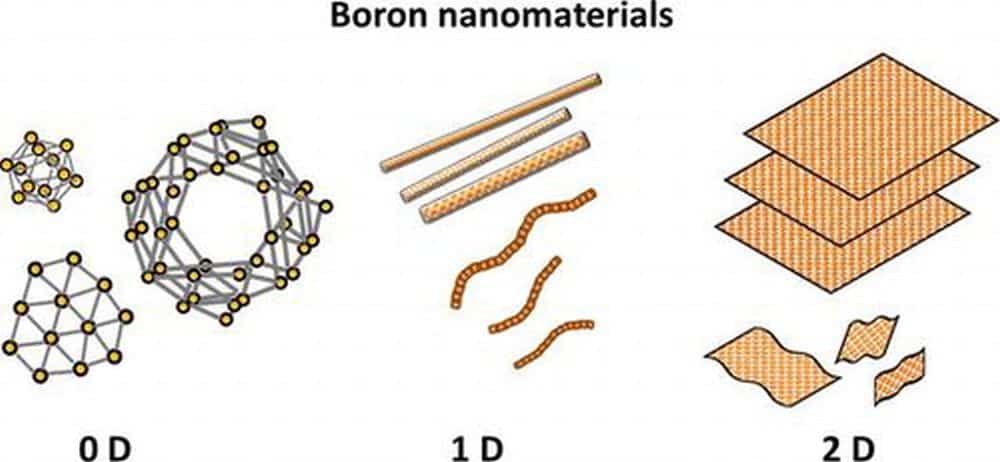For researchers to improve the properties of carbon nanotubes grown en masse, they must first be able to measure and characterize how individual nanotubes are assembled within carbon nanotube “forests.” In a recent paper, researchers at the University of Missouri outlined a deep learning technique to segment these forests in scanning electron microscopy images.
Read MoreAs applications for carbon nanostructures flourish, the exploration for new carbon structures continues. Today’s CTT highlights three discoveries announced during the past few months.
Read MoreBombarding materials with highly charged ions is one way researchers can manipulate and modify 2D heterostructures. TU Wien researchers developed a model to simulate this bombardment and reveal why, when hit, some 2D materials form nanopores and others do not.
Read MoreSmall scale, big discoveries: Reducing thickness of antiferroelectric films turns them ferroelectric
While size effects in ferroelectric materials have been extensively studied, there are far fewer studies on how structure and properties evolve in antiferroelectric materials with reduced dimensions. In a recent open-access paper, researchers report the surprising discovery that below a certain thickness, antiferroelectric films will become completely ferroelectric.
Read MoreAdvanced applications are not the only use for advanced materials. A graduate engineering student at Drexel University discovered he could create bleed-free inks for calligraphy using MXenes, a novel 2D material family comprising transition metal carbides and nitrides.
Read MoreSunburn in fruits and fruiting vegetables is a big concern for farmers because it affects the food’s marketability. Researchers in Brazil tested the potential of spray-on calcium carbonate nanoparticles to protect pineapples from sunburn.
Read MoreDetermining when to seek help for mental stress can be difficult. However, the recent identification of discernible odor substances that emanate from the skin during emotional tension may offer a way to quantifiably measure mental stress. Two researchers in Japan propose nanosheet-type tin oxides could be used as gas sensors to detect these substances.
Read MoreHeavy metal contamination in aquatic ecosystems can lead to negative effects on human health. In a recent paper, researchers from Drexel University and Temple University developed a simple one-step method to fabricate functionalized Ti3C2Tx MXene for mercury removal from water.
Read MoreIn the past decade, computational research has dominated over experimental studies of boron nanomaterials. A recent open-access paper contributes a new addition to the experimental literature by demonstrating that double-pulse laser ablation can be used to synthesize boron nanorods, nanowires, and nanotubes.
Read More









